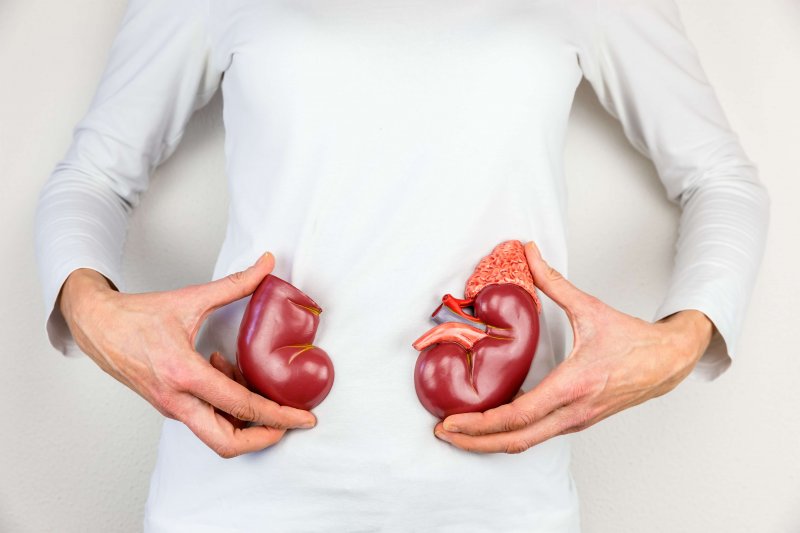Keto Hydration: How Much Fluid Do You Really Need?
Did you know that you may be at more risk of dehydration when in the Keto Zone®? As summer temperatures continue to rise, it’s more important than ever to make sure you stay hydrated. Keto hydration does not have to be difficult, but you must know what you need. Here’s a hint: it’s not just fluids.
In fact, while getting into, and staying in the Keto Zone®, you need more electrolytes and more fluids than those who are not in the Keto Zone.
Why?
Let’s dive in. Here’s why you are more at risk of dehydration, and how to make sure your keto hydration is up to par this summer!
Keto Hydration: How Much Fluid Do You Really Need?
You Need Extra Fluid and Electrolytes in the Keto Zone
Why does the Keto Zone® increase your fluid needs?
Simply put, you need more fluid because your body holds less in the Keto Zone®. As you get into ketosis, your body will make less insulin. With less insulin, your body will store less carbs in its system, including glycogen (stored carbohydrates in muscle tissue). Glycogen is a heavy compound that holds fluid with it.
With every gram of glycogen decreased, your body will excrete 3 grams of fluid.
This means less fluid held, and more needed to keep your body in good keto hydration and balance.
Your Kidneys are Working Hard
As you decrease stored carbs and fluid, your kidneys will work to excrete the water grams rather than retain them.
You will feel less bloated and begin to look leaner and better.
However, your fluid losses means you need to ingest more fluid in your diet to both keep your body in a state of hydration and decrease the workload on your kidneys. Dehydration can hurt your kidneys overtime (1), so drink up!
Avoid the Biggest Keto Hydration Mistake
Of course, fluids are very important to hydration, no matter how you eat. But, electrolytes are the key to keto hydration.
Why?
First, they are excreted with the glycogen grams of water.
Second, electrolytes in your fluids help your digestive tract absorb them.
Third, electrolytes are vital to life. They are minerals that enable many functions in the body, including muscle contraction, heart contraction, hydration of the whole body and brain, nerve function, digestion, and much more (2). If you’ve ever been extremely dehydrated or low on electrolytes, you know your body will dysfunction in a hurry.
The most important and most impacted mineral electrolytes are sodium, calcium, potassium, and magnesium.
Ever Experienced Keto Flu? It’s the Missing Electrolytes
As you get into the Keto Zone®, electrolytes tend to rebalance without the glycogen. But, if you’re just beginning, or cycling in and out of ketosis, you’re at risk of low electrolytes again and again.
Low electrolyte status is also known as the Keto Flu.
As electrolyte levels fall, you can begin to feel symptoms of heart racing, headaches, poor digestion, and more. This is just an adjustment period, but it can be avoided. And, you can easily keep electrolytes balanced in general while in Keto Zone.
The Low-Down on Keto Hydration Electrolytes
Since you’ll no longer carry electrolytes in glycogen, it’s imperative you replenish them through your diet.
Here’s how:
- Sodium: You can simply add more salt. Although salt, in general, has a bad name, it’s a vital mineral electrolyte and simply needs to be consumed according to your diet and lifestyle. Keto Zone eaters need more; athletes need more. You can drink bone broth or a zero-carb electrolyte drink for added sodium.
- Potassium: With a good variety of foods in your diet, you can easily obtain potassium through whole foods. Eat salmon, nuts, avocados, veggies, and mushrooms to get enough.
- Calcium: Calcium is also readily available in the Keto Zone®. You can get calcium in fortified non-dairy milk, like coconut milk and almond milk, in high-fat dairy products, like Greek Yogurt, and in dark leafy greens, broccoli, and fish. If you choose to supplement, make sure you’re also consuming vitamin D.
- Magnesium: Magnesium is incredibly important (3), and often deficient mineral in adults. It’s found in hemp heart seeds, raw cacao, leafy greens, and more. However, it’s not easily absorbed by humans and may need supplementation. If concerned about magnesium levels, read 7 Signs of a Magnesium Deficiency.
- Electrolytes in Balance: A great way to get a baseline of electrolytes (with the exception of sodium) in a balanced formulation is to also add Dr. Colbert’s Enhanced Mutlivitamin each day!
How Much Fluid & Electrolytes Do You Really Need?
So, how much fluid should you drink? How should you add electrolytes?
- For most in the Keto Zone®, you can simply aim for 64-80 oz. fluids per day. You can usually accomplish this by drinking to thirst. Older adults are typically more at risk for dehydration (4). Make sure to consume at least this amount of fluids throughout the day.
- Then, unless you have high blood pressure, consume salt with meals and add 1-2 daily servings of bone broth, boullion, or zero-carb electrolyte drinks while re-entering the Keto Zone®. Then, add a daily dose of Dr. Colbert’s Enhanced Mutlivitamin.
- Make sure to eat a variety of high potassium, calcium, and magnesium foods. Most adults should also supplement with 200-400 mg of magnesium per day.
- If you notice you’re sweating when working outside or exercising, add 24-32 oz. fluid and 600-800 mg sodium for every hour of your workout. This does not need to be consumed during the workout, but before, during as needed, and after is fine. You can use low-carb electrolyte drinks, like NUUN, if desired for exercise.
- Be diligent after any period out of the Keto Zone®. You’ll go through the glycogen-depleting phase again, and need to supplement with extra electrolytes to avoid the Keto Flu.
Bottom Line
It’s getting hot out there. This means it’s time to stay on top of your keto hydration. Form a plan to drink enough each day. Don’t forget electrolytes; add electrolyte drinks, bone broth and Dr. Colbert’s Enhanced Mutlivitamin. Then, have a hydrated, safe, and healthy summer in the Keto Zone.

